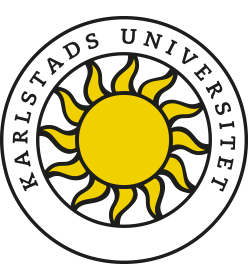Vol 14 Nr 2024:1 (2024): Nordidactica 2024:1
Welcome to the newest issue of Nordidactica, in which we launch the first quarter of 2024 with the Nordidactica mission firmly in sight: to provide a platform for scientific discussion within geography, history, social studies and religious education. It is especially illuminating to see how these four subjects share similar perspectives and theoretical approaches, yet also differ from each other in enlightening respects. We invite our readers to find inspiration from this platform, where research on these four subjects is published side by side. Which theories, findings or questions could we usefully apply across subjects?
In the current issue, Pia Mikander, Harriet Zilliacus, Lili-Ann Wolff and Arto Kallioniemi analyse the discourses on non-human animals in worldview education (religious education and its secular counterpart) textbooks. Their results show that non-human animals are constructed as ‘others’ and caring for them is often based on utility.
Cathrine Sjölund Åhsberg explores middle school students’ views on historical significance. Based on focus group interviews prompted by a picture selection task, Sjölund Åhsberg suggests adding ethical and affective dimensions to previous frameworks of historical significance. Historical significance is very close to historical consciousness. In Jimmy Engren’s contribution, historical consciousness refers to diverse ways of interpreting history and seeing its significance for the present. He uses letters written by young people to Ilona Enqvist, a former concentration camp prisoner who in the 1990s visited Swedish schools as a living witness of the Holocaust. Encounters with real people with experiences relevant to educational goals are also under focus in Gunnfrid Ljones Øierud’s and Richard Aas’s article on teacher and faith representative perspectives on excursions to religious communities in the context of religious education.
The affective dimension of history and religion addressed above relates to attitudes. Kjetil Børhaug and Mona Langø examined social studies teachers’ self-reported assessment of knowledge, skills and attitudes, but found that attitudes or values were hardly ever mentioned. They designed an extensive categorization of knowledge, skills and attitudes in social studies education, and even identified new skills mentioned by teachers, especially reflective skills. The practices of teachers are approached by Ådne Meling from the perspective of social studies teacher education. Based on interviews with social studies student teachers, Meling questions the dichotomy between theory and practice. The student teachers expressed a need for an instrumentalist theory to point out the relevance of content knowledge and to help them design lessons on social studies topics.
Finally, the research group of Malin Tväråna, Ann-Sofie Jägerskog, Mattias Björklund, Sara Carlberg, Patrik Gottfridsson, Therese Juthberg, Robert Kenndal, Bodil Kåks, Marie Losciale, Per Sahlström and Max Strandberg analysed students’ discussions on visual models of society. They conclude that the key stages to proper understanding of a model are seeing it as a whole rather than as many parts, viewing the relations between the units of the model as reciprocal.
We hope you enjoy the current issue and find support and new ideas for your own research!


